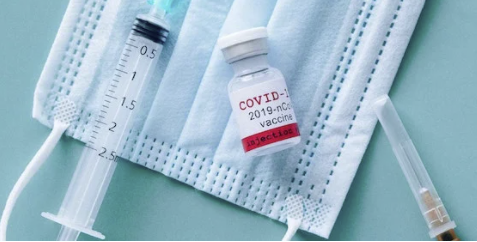But don’t panic, it’s just a change in the virus composition, not an increase in viral load.
Houston is seeing an uptick in the number of BA.2 cases, with genome sequencing and wastewater testing picking up higher levels this week compared to last week.
The more contagious omicron subvariant was identified in 24 percent of patients who were sequenced at Houston Methodist, a jump from the 1 to 3 percent previously reported. BA.2 was also detected at six wastewater treatment plants on March 21 — the most recent day for which data is available — after the Houston Health Department last week said it had not been detected at any plants.
“Previously, we saw some indications of mutations consistent with BA.2 but were not confident in the determination at the time,” health department spokesman Scott Packard said in an email. “Retrospective analysis indicates BA.2 was likely in the wastewater in low levels starting in mid-to-late January.”
The recent data is the first indication of a significant rise in BA.2 in the Houston-area. Eventually, the subvariant is expected to become the dominant strain here, lining up with the nationwide rate, according to the health department.
[…]
In Houston, the average positivity rate over the last two weeks is 1.8 percent, down from the high 30s in the early January. Wastewater testing shows an increasing viral load at nine wastewater plants, while the remaining 30 are plateaued or decreasing.
“Although BA.2 appears to be more contagious than BA.1, the good news is that countries experiencing a spike in cases are not seeing a proportionate spikes in hospitalizations,” Packard said. “That means being up to date on vaccines (initial shots plus boosters) remains highly effective against serious illness, even with BA.2.”
As a reminder, you can see the Houston wastewater dashboard here. I don’t know how long we will be in this trough, but at least in the short term our vax level plus the sheer number of people who contracted the BA.1 version of omicron should help.
In the longer term, as immunity wanes and new variants pop up, it will be time for more shots. A fourth shot has now been authorized by the FDA for us old folks.
A second round of booster shots was greenlighted for everyone over the age of 50 by public health officials on Tuesday, kicking off the regulatory process for shots to likely be available in pharmacies this week.
Everyone 12 and older is already eligible for a booster shot five months after their initial vaccine series if they received an mRNA vaccine like Pfizer or Moderna, or two months after getting the Johnson & Johnson vaccine.
But for those over 50, determined to be a vulnerable age group, officials at the Food and Drug Administration and Centers for Disease Control and Prevention have decided the data on waning immunity justifies making another shot available four months after the first boost. And while anyone who meets that criteria can now get another booster, CDC Director Rochelle Walensky said it was “especially important” for those 65 and older and those 50 and older with underlying medical conditions.
“This is especially important for those 65 and older and those 50 and older with underlying medical conditions that increase their risk for severe disease from COVID-19 as they are the most likely to benefit from receiving an additional booster dose at this time,” Walensky said in a statement on Tuesday.
My niece is getting married in June in Washington state. I expect all of us who will be there for it and who are eligible for that booster will have gotten it by then. I ain’t messing around.

